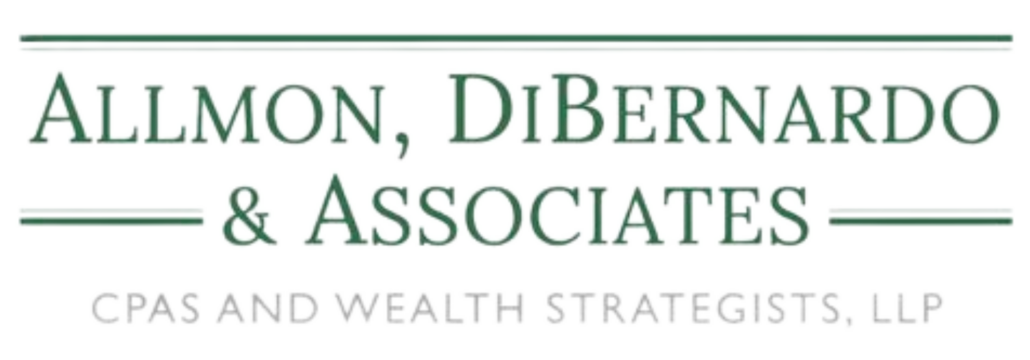 https://www.mbamdcpas.com/wp-content/uploads/2025/06/How-to-Structure-Your-Business-for-Growth-and-Tax-Efficiency.jpg
1250
2000
Abstrakt Marketing
/wp-content/uploads/2024/09/Allmon_Logo-1-1030x360.png
Abstrakt Marketing2025-06-23 05:34:492025-07-14 09:02:23How to Structure Your Business for Growth and Tax Efficiency
https://www.mbamdcpas.com/wp-content/uploads/2025/06/How-to-Structure-Your-Business-for-Growth-and-Tax-Efficiency.jpg
1250
2000
Abstrakt Marketing
/wp-content/uploads/2024/09/Allmon_Logo-1-1030x360.png
Abstrakt Marketing2025-06-23 05:34:492025-07-14 09:02:23How to Structure Your Business for Growth and Tax EfficiencyIf you have an S-Corp and don’t have an Accountable Plan (or AP), keep reading.
An AP is a specific type of allowable fringe benefit (Section 62(c) of IRC) by employers for their employees which allows tax-free reimbursement for certain expenses. This means you as the employee, can be reimbursed for expenses (eg home office) on a tax-free basis, while still taking the deduction on the side of the business.
If you’re an S-Corp, you are also an employee of the company, so this is a benefit you may be entitled to presuming you meet and adhere to qualifications.
There are three requirements for an AP reimbursements:
- Business Connection: Must be for expenses incurred by employee for work performed, and must not be for an amount that would have otherwise been paid in wages.
- Substantiation: The employee must substantiate the amount of the expenses within a reasonable period (minimum quarterly), eg provide a mileage log, provide receipts, provide breakdown of home office-use & utilities
- Return of Excess: If the employer gives the employee an amount above what has been substantiated, it either must be returned within a reasonable period or included as wages to the employee.
So as an S-Corp owner – how do we see AP’s usually utilized?
Most commonly – as reimbursement for home office expenses to owners (must be your primary place of business to qualify).
Typically, they create a home office allocation breaking down their personal verse business use of their home and create a quarterly reimbursement policy from the company to the employee for the agreed-upon amount.
Additionally to meeting the three requirements above, you must have a Written Policy for your AP, signed by your employee that lays out:
- Process for submitting expenses
- Time period for submitting expenses
- Types of reimbursable expenses
- Maximum allowable expenses
- Preferred suppliers for expenses (if applicable)
Here is a nice AP template provided by Intuit that covers the above items.
Becoming a Client
A simple 3-step onboarding process
1) Request a free consultation & submit tax documents
After submitting your request, we review the information and then follow up via email to submit the necessary tax documents. Then, we’ll schedule a time for your initial planning call.
2) Consultation & tax projection review
In this meeting, we’ll review your situation and determine where and how we can add value. We’ll discuss which services may align best with your current & future needs.
After meeting & reviewing your situation, we prepare a multi-page proposal that shows you your potential tax savings & the different strategies we recommend.
Related Postings
 https://www.mbamdcpas.com/wp-content/uploads/2025/06/How-to-Structure-Your-Business-for-Growth-and-Tax-Efficiency.jpg
1250
2000
Abstrakt Marketing
/wp-content/uploads/2024/09/Allmon_Logo-1-1030x360.png
Abstrakt Marketing2025-06-23 05:34:492025-07-14 09:02:23How to Structure Your Business for Growth and Tax Efficiency
https://www.mbamdcpas.com/wp-content/uploads/2025/06/How-to-Structure-Your-Business-for-Growth-and-Tax-Efficiency.jpg
1250
2000
Abstrakt Marketing
/wp-content/uploads/2024/09/Allmon_Logo-1-1030x360.png
Abstrakt Marketing2025-06-23 05:34:492025-07-14 09:02:23How to Structure Your Business for Growth and Tax Efficiency https://www.mbamdcpas.com/wp-content/uploads/2025/06/Why-You-Need-a-CPA-as-a-Business-Plan-Consultant.jpg
1250
2000
Abstrakt Marketing
/wp-content/uploads/2024/09/Allmon_Logo-1-1030x360.png
Abstrakt Marketing2025-06-23 05:26:402025-07-14 09:02:24How CPAs Help Build Smarter Business Growth Plans
https://www.mbamdcpas.com/wp-content/uploads/2025/06/Why-You-Need-a-CPA-as-a-Business-Plan-Consultant.jpg
1250
2000
Abstrakt Marketing
/wp-content/uploads/2024/09/Allmon_Logo-1-1030x360.png
Abstrakt Marketing2025-06-23 05:26:402025-07-14 09:02:24How CPAs Help Build Smarter Business Growth Plans https://www.mbamdcpas.com/wp-content/uploads/2025/06/What-Is-Strategic-Business-Planning-and-Why-Does-It-Matter-for-SMB-Owners_.jpg
1250
2000
Abstrakt Marketing
/wp-content/uploads/2024/09/Allmon_Logo-1-1030x360.png
Abstrakt Marketing2025-06-23 05:20:182025-07-14 09:02:24What Is Strategic Business Planning and Why Does It Matter for SMB Owners?
https://www.mbamdcpas.com/wp-content/uploads/2025/06/What-Is-Strategic-Business-Planning-and-Why-Does-It-Matter-for-SMB-Owners_.jpg
1250
2000
Abstrakt Marketing
/wp-content/uploads/2024/09/Allmon_Logo-1-1030x360.png
Abstrakt Marketing2025-06-23 05:20:182025-07-14 09:02:24What Is Strategic Business Planning and Why Does It Matter for SMB Owners?


